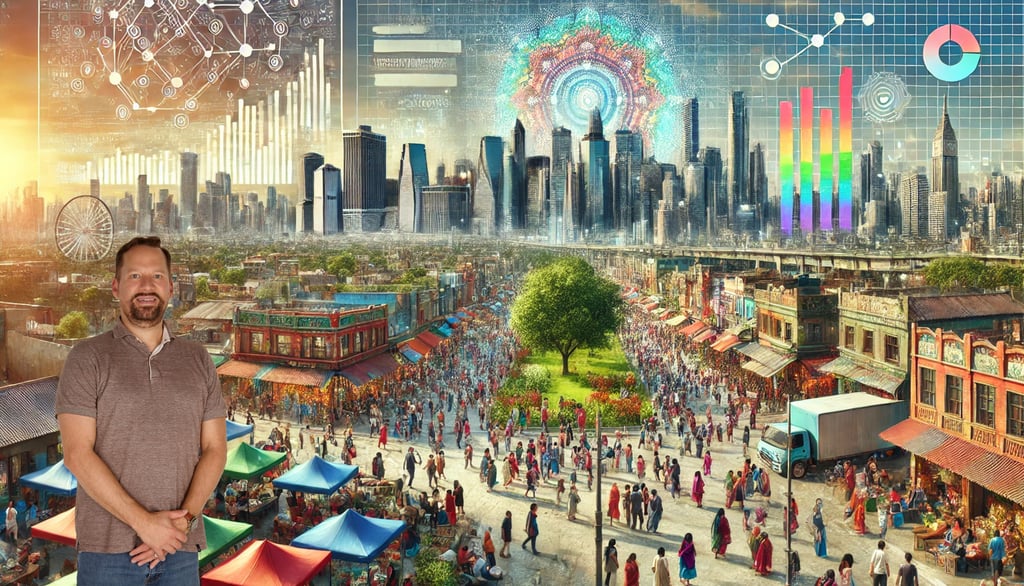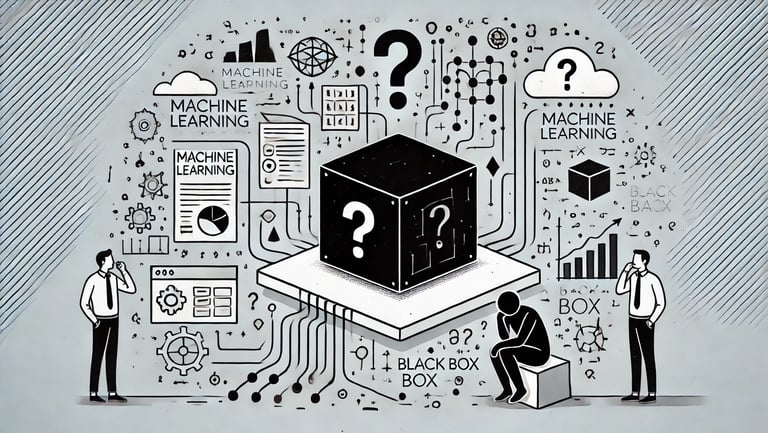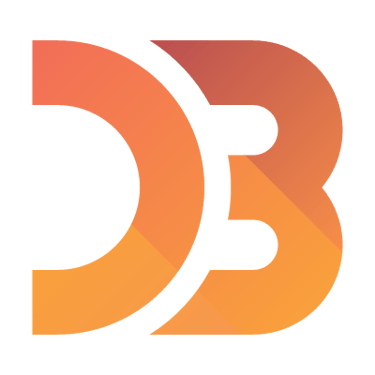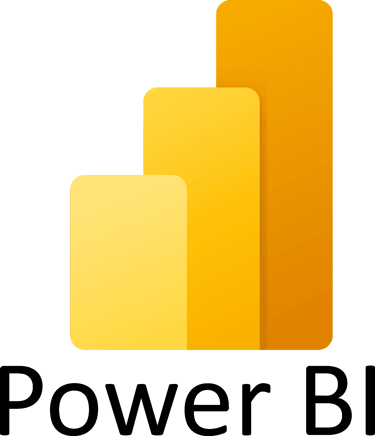Urban Socio-Economic Complexity through Visualization Techniques
Dive into the dynamic world of urban super-diversity with my latest blog post, where I unravel the groundbreaking research on advanced visualization techniques that reveal the hidden patterns of socio-economic complexity in cities. Discover how innovative tools transform traditional data into vibrant, multi-dimensional insights, offering new perspectives on public health, business, and beyond. Join us on this journey through the visual landscape of urban diversity and explore the future of data-driven decision-making!
SCIENTIFIC INSIGHTS INTO AI AND GEOSPATIAL TECHNOLOGIES
Scott Pezanowski
9/18/20245 min read
In our rapidly globalizing world, urban centers are becoming increasingly complex mosaics of cultural, ethnic, and socio-economic diversity. This phenomenon, known as superdiversity, goes beyond traditional notions of multiculturalism by encompassing a vast array of intersecting variables that shape the urban experience. To truly grasp the intricacies of superdiversity, traditional social science methods often fall short. This is where advanced visualization techniques come into play, offering innovative ways to model and understand urban diversity.
This blog post delves into the fascinating research presented in the paper "Visualizing Superdiversity and Seeing Urban Socio-Economic Complexity" by Steven Vertovec, Dan Hiebert, Paul Spoonley, and Alan Gamlen. I will explore the key findings, innovative visualization tools, and the broader implications of this study. Additionally, I'll discuss the potential applications of these techniques in various fields, the challenges faced, and the ethical considerations involved.


What is Superdiversity?
Superdiversity refers to the complex and dynamic nature of diversity within urban populations. It encompasses various variables, including ethnicity, religion, income, and migration status. This concept moves beyond the simplistic binary categorizations often used in traditional social science research, acknowledging the multifaceted nature of contemporary urban societies.
Imagine walking through a bustling neighborhood in Manhattan. You encounter a diverse mix of people, hear many languages, and see restaurants offering cuisines from around the globe. This vibrant tapestry of human life is a prime example of superdiversity. Capturing and analyzing this complexity requires sophisticated tools that can handle multivariate data and provide meaningful insights.


Visualization to understand complex urban diversity
In the research, we see a compelling case for using advanced visualization techniques to study urban diversity. The researchers argue that traditional methods are inadequate for capturing the full spectrum of superdiversity. Instead, they employ multivariate geospatial data and innovative visualizations to model urban diversity in three major cities: Sydney, Vancouver, and Auckland.
Key Findings and Visualization Tools
The researchers developed five distinct visualization tools, each designed to illuminate different aspects of superdiversity:
Contextualizing National Migration Data 📈
The first tool uses a modified stacked area chart to explore migration data. This visualization allows users to examine the origin country, visa category, and arrival year simultaneously. By providing a dynamic look at migration patterns, this tool highlights the diversity within urban populations and the complexity of migration flows.
Ethnicity and Religion Intersections ✝️🕌
The second tool is a modified Sankey diagram illustrating the complex intersections between ethnicity and religion in urban areas. This visualization reveals the diversity within these dimensions and helps uncover patterns and relationships that might be overlooked.
Ethnic and Income Diversity Mapping 💸🗺️
The third tool employs a bivariate choropleth map to display ethnic and income diversity within neighborhoods. By highlighting areas where multiple forms of diversity coexist, this tool provides valuable insights into the socio-economic landscape of urban areas.
Comprehensive Diversity Visualization 🌐📊
The fourth is a complex mapping tool that visualizes various types of diversity (income, ethnicity, and admission categories) using color-coded and 3D elements. This tool shows overlapping social differences and provides a comprehensive view of urban diversity.
Socio-Economic Dashboard 🏠📊
The fifth tool is a dashboard allowing users to explore socio-economic outcomes based on age, gender, ethnicity, and immigration history. This comprehensive tool offers a dynamic way to analyze and understand the socio-economic dynamics within urban populations.
The Importance of Advanced Visualizations
Visualization is a critical step in data analysis. Traditionally, it's the first step in understanding the overall distribution patterns within a dataset. As data grows in size and complexity, especially in fields like AI and machine learning, advanced visualizations become increasingly important. These tools help interpret machine learning results and avoid the "black box" problem, where the decision-making process is opaque to users.


In urban studies, advanced visualizations provide a way to capture the complexity of superdiversity and uncover patterns that might need to be noticed with traditional methods. By visualizing multivariate data, researchers can better understand the socio-economic dynamics within urban populations.
Expanding the Horizons
The potential applications of these visualization techniques extend far beyond urban studies. Here are a few examples of how these tools can be used in various fields.
Advanced visualizations can enhance customer segmentation and targeted marketing in the business world. Businesses can develop more effective marketing strategies by analyzing complex data on customer behavior, preferences, and demographics. These visualizations can help identify new market opportunities, optimize product offerings, and improve customer engagement.
In education, visualizations can provide insights into student performance and identify areas for improvement. By analyzing data on student demographics, academic performance, and socio-economic factors, educators can develop targeted interventions to support student success. Advanced visualizations can also help identify patterns and trends in student behavior, providing valuable information for curriculum development and resource allocation.
Public Health
In public health, advanced visualizations can help in understanding complex epidemiological data. For example, visualizations can identify areas with low vaccination rates during a vaccination campaign and more effectively target interventions. Public health officials can comprehensively understand the factors influencing health outcomes by combining various data sources, such as demographic information, health records, and social determinants of health.
Business and Marketing


Education
Challenges and Future Directions
While these visualization techniques offer significant advantages, they are not without challenges. Creating advanced visualizations can be time-consuming and requires specialized skills. Additionally, the scalability of these tools to other datasets or cities can be a limitation. However, technological advances, such as tools like Tableau, Microsoft Power BI, and Qlik, and programming libraries like D3, are helping to mitigate some of these challenges.
Looking ahead, integrating AI and machine learning holds great promise for enhancing visualization techniques. By leveraging the power of AI, researchers can automate the creation of visualizations and uncover patterns in large and complex datasets. For example, generative models can create visualizations based on natural language prompts, making these tools more accessible to non-experts.








Ethical Considerations
As we embrace these advanced techniques, it is crucial to consider the ethical implications. Just as these tools can be used for positive purposes, such as improving public health and business strategies, they can also be misused. For example, advanced visualizations can identify groups susceptible to fake media or cyber-attacks. Therefore, ethical guidelines and careful oversight are essential to use these tools responsibly.
Conclusion
The research presented in "Visualizing Superdiversity and Seeing Urban Socio-Economic Complexity" represents a significant advancement in our understanding of urban diversity. By employing advanced visualization techniques, the researchers have provided valuable insights into the complexity of superdiversity and demonstrated the potential of these tools to uncover patterns that traditional methods might miss.
These techniques have far-reaching implications, not only in urban studies but also in public health, business, education, and beyond. As we continue to explore the potential of advanced visualizations, we must consider the challenges and ethical considerations involved.
If you'd like to learn more about how these techniques can benefit your organization, please contact me directly through comments or other means.
Read more about my past work visualizing cancer rates, crime, social media, and disease outbreaks.
Predict the future by creating it
Contact me to learn more about my extensive experience creating advanced visualizations to make sense out of complicated data.

Check out the full video to learn more about the power of visualizations in public health.
References
Vertovec, S., Hiebert, D., Spoonley, P., & Gamlen, A. (2022). Visualizing superdiversity and “seeing” urban socio-economic complexity. Urban Geography, 45(2), 179–200. https://doi.org/10.1080/02723638.2022.2151753
